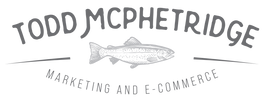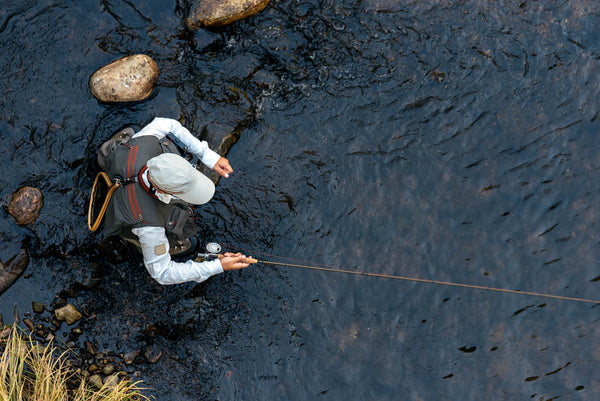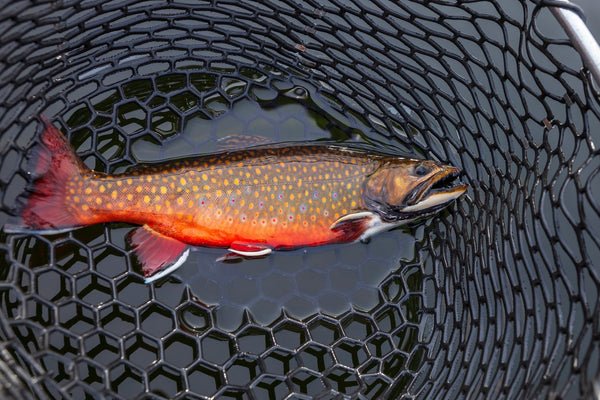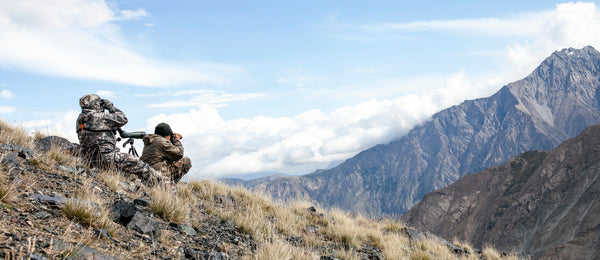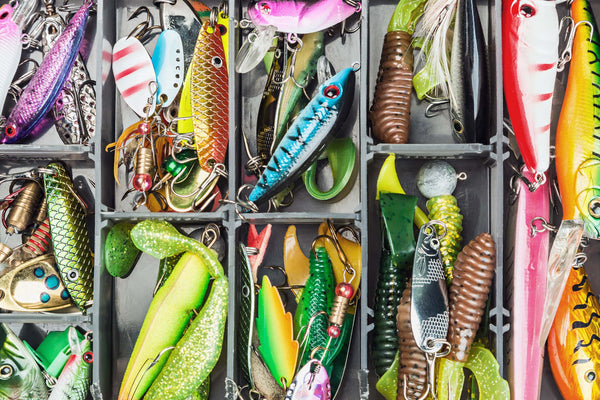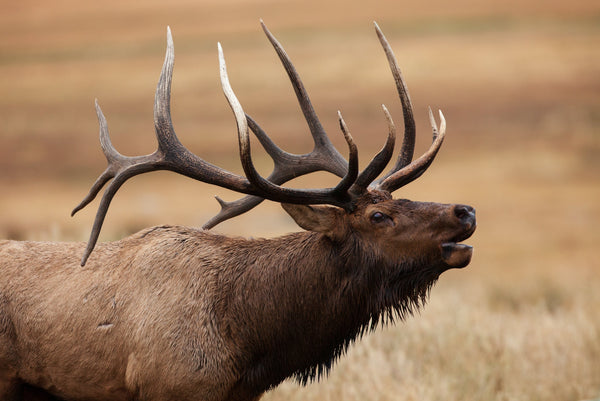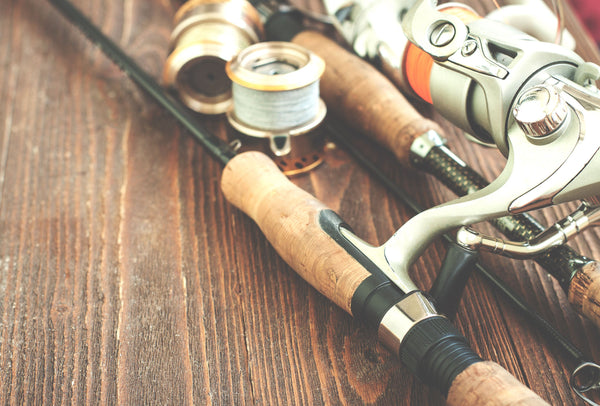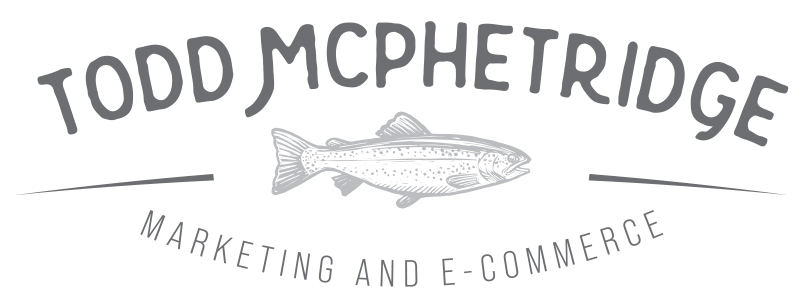How Website Crawlers Improve SEO for Outdoor Brands
Understanding How Search Engines Discover and Rank Your Outdoor Business
In the competitive outdoor industry, ranking well in search results is vital for attracting new customers. Whether your business focuses on camping gear, guided fishing trips, or outdoor apparel, understanding how website crawlers work can help you improve visibility, boost performance, and strengthen your SEO strategy. Website crawlers, also known as spiders or bots, are the tools search engines use to discover and index your web pages. For outdoor brands, learning how to optimize your website for these crawlers can unlock new growth opportunities online.
What Are Website Crawlers?
Website crawlers are automated programs that search engines like Google and Bing use to explore the internet and gather data. They scan websites to understand what each page is about, collecting information on content, structure, and metadata to determine where it should appear in search results.
Key Functions of Website Crawlers
- Indexing Content: Crawlers collect website content to add it to search engine indexes, making your pages eligible to appear in search results.
- Analyzing Structure: They examine internal links, navigation, and sitemaps to understand how your pages connect.
- Evaluating Metadata: Crawlers analyze page titles, meta descriptions, and alt tags to assess how relevant your content is for certain search terms.
- Tracking Updates: They revisit websites regularly to find new or updated pages, ensuring search results stay current.
How Website Crawlers Work
Website crawlers follow a step-by-step process to locate and analyze your site’s content. They begin with a list of known URLs, follow links to discover additional pages, and assess the quality and organization of the content. Once complete, the crawler sends its findings to the search engine index, which determines how your pages appear in search results.
How Outdoor Brands Benefit from Website Crawlers
For outdoor brands, website crawlers can reveal powerful insights that lead to higher rankings, better site performance, and increased conversions.
- Improved Search Rankings: By optimizing your content and site structure based on crawler data, you can rank higher for keywords such as “guided fly fishing trips” or “best RV camping accessories.”
- Technical SEO Insights: Crawlers identify broken links, duplicate metadata, or slow-loading pages that may harm your search visibility. Fixing these issues improves user experience and overall performance.
- Enhanced Content Strategy: Use crawler insights to identify underperforming pages, new keyword opportunities like “eco-friendly camping gear,” and content gaps your competitors may be filling.
- Mobile Optimization: Crawlers analyze mobile usability and performance, helping ensure your website is responsive, fast, and user-friendly across devices.
- Competitor Analysis: Advanced crawling tools allow you to evaluate competitor websites, uncovering their top-ranking keywords, backlinks, and content strategies.
Best Tools for Website Crawling and Analysis
- Google Search Console: Google’s free tool allows you to monitor indexing issues, submit sitemaps, and review how your site appears in search results.
- Screaming Frog SEO Spider: A desktop tool that audits your site to uncover broken links, duplicate content, and missing metadata.
- SEMrush Site Audit: Offers detailed reports on technical and content issues while tracking keyword and visibility performance.
- Ahrefs Site Audit: Identifies SEO problems, analyzes internal linking, and highlights opportunities for content improvement.
- Moz Pro Crawl: Monitors crawl errors, tracks keyword rankings, and helps improve page authority over time.
Best Practices for Optimizing Your Website for Crawlers
- Create a Sitemap: Make sure every important page is included in an organized sitemap submitted to Google Search Console.
- Fix Broken Links: Repair or redirect broken links to ensure crawlers can easily navigate your website.
- Use Robots.txt Wisely: Restrict bots from crawling unnecessary admin or private pages while keeping important content accessible.
- Optimize Metadata: Write unique meta titles and descriptions using keywords that accurately describe each page.
- Improve Page Speed: Use compression tools and image optimization to reduce load times.
- Regularly Update Content: Consistent updates signal freshness to crawlers and improve your long-term rankings.
Helping Outdoor Brands Succeed with Search Optimization
Website crawlers play an essential role in helping outdoor brands achieve better visibility, user experience, and long-term growth. By understanding how they work and applying the insights they provide, you can ensure your website is search-friendly, accessible, and designed to attract new customers year-round.
For expert help optimizing your outdoor business website, explore marketing for the outdoor industry or learn how a digital marketing consultant can enhance your SEO and website performance. Together, we can make your site more visible, effective, and profitable.
